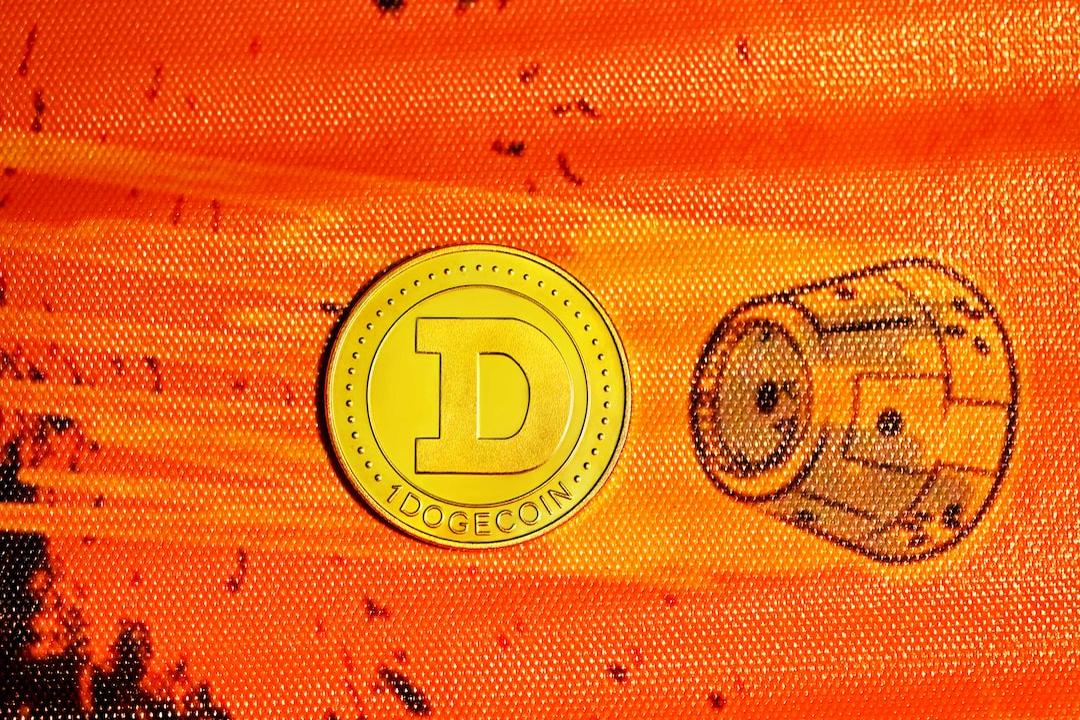Bitcoin’s upcoming halving event, set to occur at block 840,000 on April 20, is expected to have a more positive impact on the cryptocurrency’s supply-demand dynamic compared to previous halvings. This is largely due to the recent launch of spot Bitcoin exchange-traded funds (ETFs) in the United States.
During each halving cycle, Bitcoin miner rewards are halved, occurring approximately every 48 months or every 210,000 blocks. In this upcoming halving, mining rewards will be reduced from 6.25 BTC ($418,800) to 3.125 BTC ($209,400).
Historically, Bitcoin’s price has started to rise and break previous all-time highs around four to five months after a halving event. This was evident in the last halving on May 11, 2020, when Bitcoin’s price was $8,750. It surged by 430% five months later, reaching $61,300 by mid-March 2021, surpassing the previous all-time high of $19,665 on December 16, 2017.
Analysts attribute this price surge to the introduction of spot Bitcoin ETFs, which have significantly altered Bitcoin’s supply-demand dynamic. Jaran Mellerud, founder and chief strategist at Hashlab Mining, stated that spot Bitcoin ETF issuers are acquiring 2,450 BTC daily, while only 900 BTC are being mined.
This increased demand for Bitcoin, combined with the reduction in supply from the halving, is expected to drive the price of Bitcoin substantially higher, according to Matt Hougan, an industry expert.
Additionally, the health and security of the Bitcoin network have significantly improved since the last halving. Mellerud highlighted that the network’s hashrate is now five times higher, making it much more difficult to attack the network. The decentralization of the network has also improved, with miners shifting to regions like Africa and Latin America to benefit from lower electricity costs.
Overall, the combination of the spot Bitcoin ETFs, reduced supply from the halving, and the improved security and decentralization of the Bitcoin network are expected to have a positive impact on the future price and stability of Bitcoin.

